I love trying out new film developers or new-to-me developers. So a while back I wrote an article on seven film developers that are worth trying. Since then, I’ve tried several more unique developers and have another five options to try something different in your home development experience. And this time, I’ve also included a colour developer.
1 – Kodak D-19
Originally designed for X-Ray Film, Technical Film, and IR Films, Kodak D-19 is a high-contrast developer. But that should not stop you from giving it a try. Because while it is a specialised developer, it works surprisingly well with regular panchromatic films. It also was designed as a fast-acting, high-volume developer for press photographers. And if you develop in a 1+1 dilution, you get a bit of a cut in that contrast and end up with delightful images. And since you can still get your hands on IR, Near-IR films, and even some Technical films, both fresh and expired. It also works well with dry plates; you can purchase new production plates today. And while the downside is that you also get a higher amount of visible grain; by pairing this with medium or low-contrast films or slow or fine-grain film, you can knock back some of these less-than-ideal elements. You cannot purchase a new Kodak D-19, but a Photographer’s Formulary copy of D-19 in a complete kit or mix it yourself. You also may want something that allows for constant rotation to help with some of the developing times which call for the method.

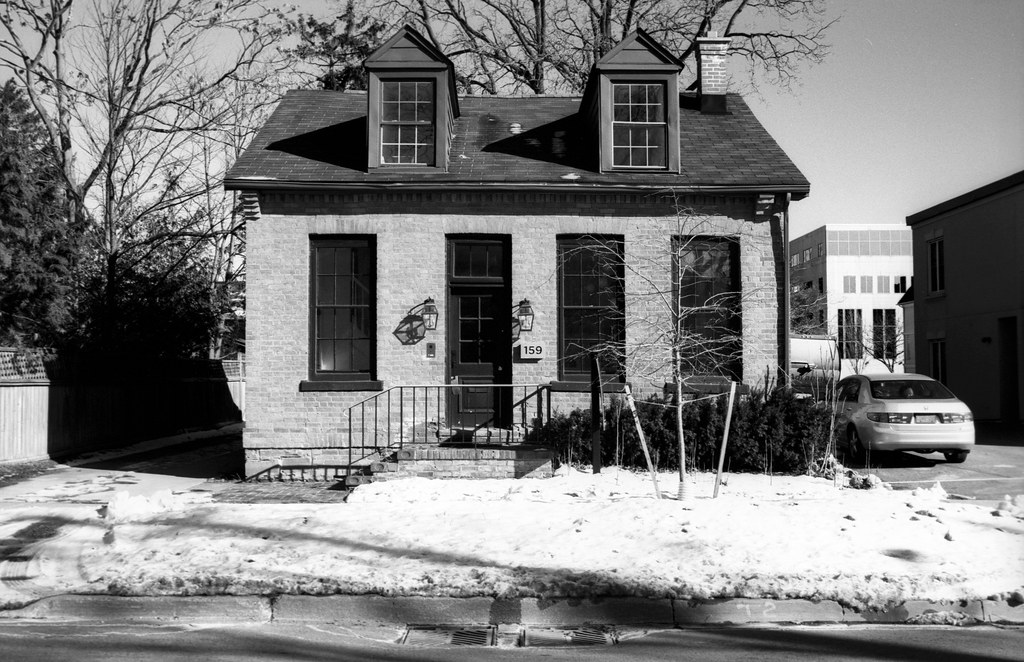
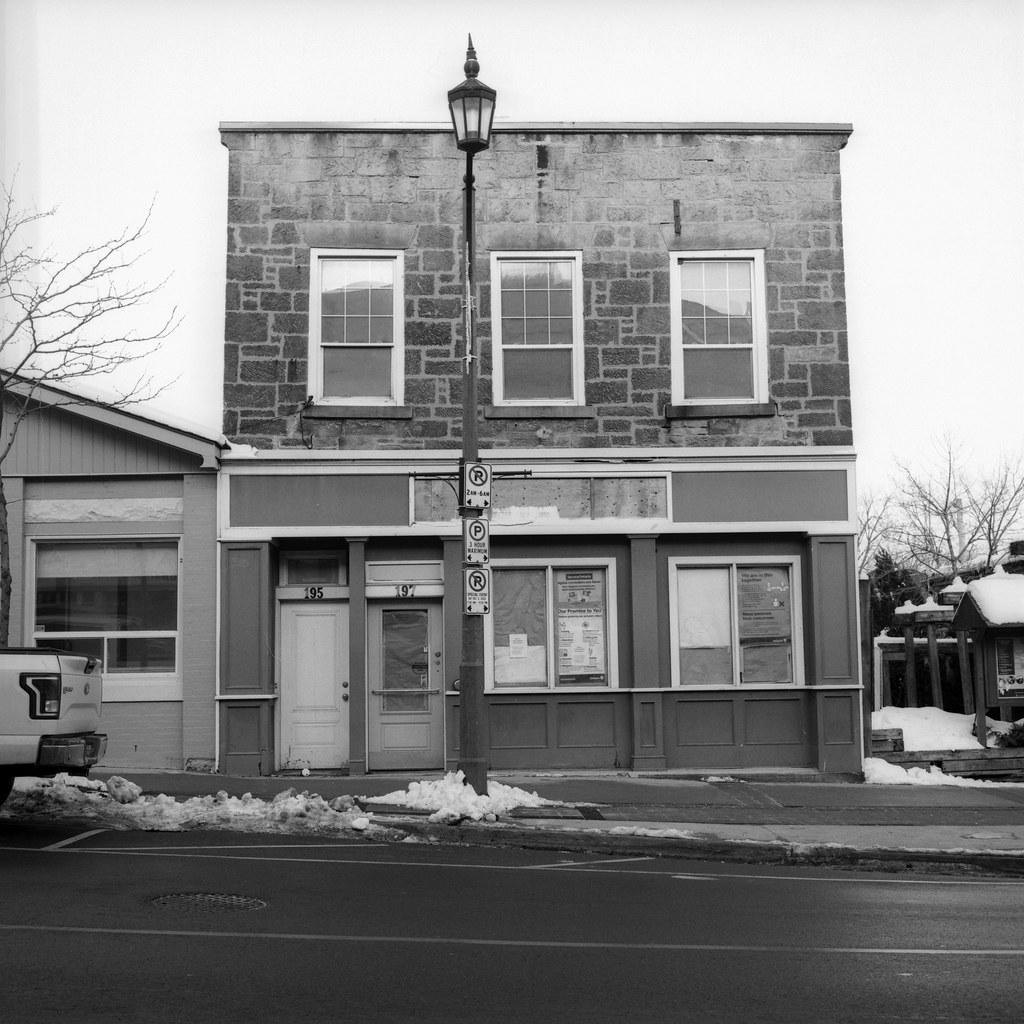

2 – 510-Pyro
Since I started working with pyro developers after learning about them through the Film Photography Project, I’ve worked with PMK Pyro and Pyrocat-HD. While both of these are excellent developers, they can be a bit confusing, as they are two-bath developers. You have A and B Solutions that you combine with water to make up your working developer. At the same time, this has been standard with pyro developers, 510-Pyro bucks that trend. 510-Pyro is new compared to other pyro developers, first invented in the early 2000s and updated in 2012. 510-Pyro is a single-bath, shelf-stable developer. While difficult to handle because of the thick syrupy nature of the concentrate, it’s well worth the effort with excellent tonality, good shadow detail, excellent highlight retention and the ability to use it for semi-stand and constant rotation development. You can also pull out a tonne of detail from the shadows when the negatives are scanned. I enjoy working with this developer as it has shorter development times and can get almost the full box speed out of the film. I do need to experiment a bit more with some over-exposure to get some more detail out of those shadows.




3 – FPP Super Color Negative ECN-2 Kit
With the short supply of colour-negative films, many photographers are turning towards motion picture films for their colour stocks. Aided by folks like Atlanta Film Co, Flic Film and Film Photography Project, who re-spool motion picture films with the remjet still present. Along with CineStill and others who strip the remjet from the film stock before re-spooling. It only makes sense for those who develop at home to have a developer designed specifically for motion picture films. While the FPP ECN-2 kit is not 100% of the Eastman Color Negative Release 2 process (a full process, not the developer), it provides the home user with a ‘close enough’ experience. But don’t let that stop you from using this on regular C-41 or even E-6 films; it does a superb job cross-processing these films. As someone who doesn’t shoot a lot of colours, this kit makes it easy to get a good backlog and then rip through a kit in two or three nights to make it worthwhile. The downside is that it doesn’t come with a remjet removal pre-bath, but that’s easy to make yourself with water and baking soda.
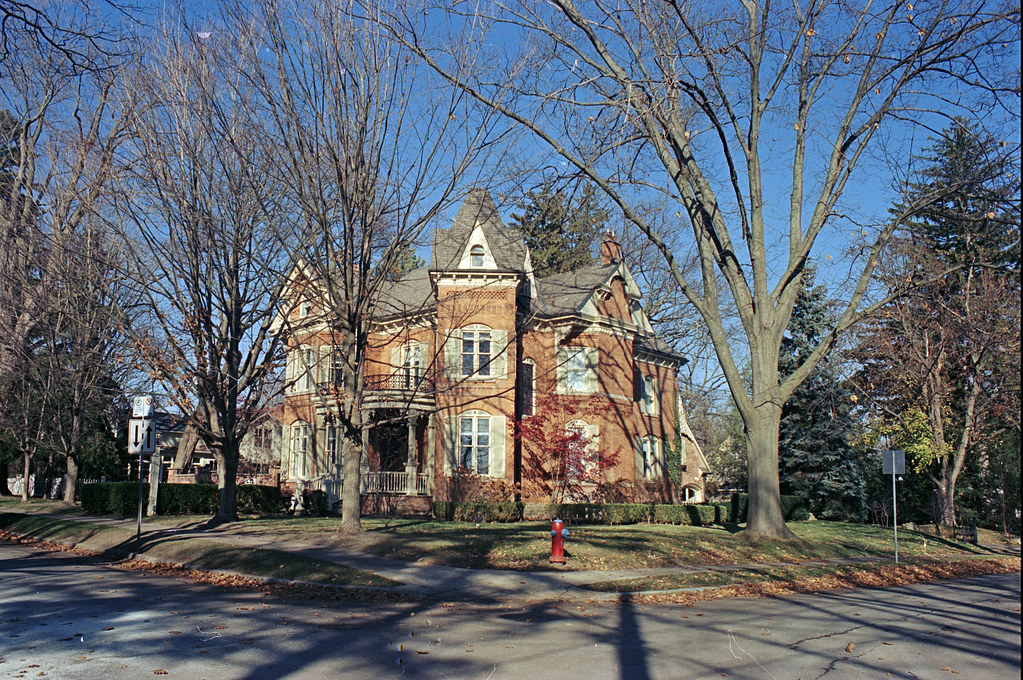



4 – Compard R09 Spezial
Probably one of the strangest developers I’ve come across recently is R09 Spezial, not because of anything the developer does, but rather how it’s been hidden in plain sight. Originally released as Agfa Studional, a cousin of Rodinal. Studional could be used as the either reusable developer, mixed from liquid, or in more dilute forms as a one shot. It also uses a different developing agent compared to Rodinal. But it quickly became hidden once Agfa started to slow down its public-facing photographic business. It soon had names like Rodinal Special or R09 Special. Things that made photographers (including myself) go, wait, isn’t this a smaller bottle of Rodinal? Another interesting thing is that Agfa still manufactures this for Compard in a bottle resembling those used for Blazinal (Canadian Rodinal). I find it strange that everyone makes Rodinal and now under the Adox name, but Agfa keeps Studional. I would love to see this be made by Adox and spread wider than it is because it is well worth picking up. It’s a fine grain, does a great job with push and pull development, and produces an excellent tonal range.

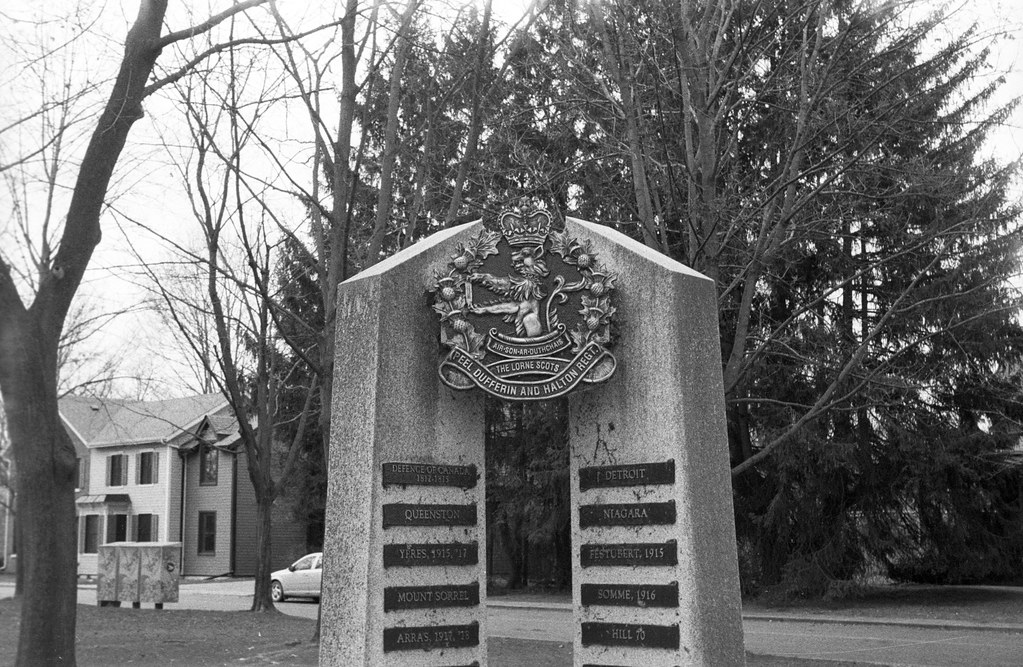


5 – Ilford Ilfotec LC29
I feel bad about including this developer on my list, mainly because Ilfotec LC29 is unavailable in North America. Now you can order and have it shipped from the UK, but depending on who you order it from, it can be costly. So if you go that route, ensure it’s worth your while. I’m not sure exactly where LC29 fits into the wider world of Ilford developers; it seems to pour like Ilfosol 3 and get results like Ilfotec HC. It has a decent shelf life, not as long as Ilfotec HC, but certainly longer than Ilfosol 3. It produces excellent images, great for push and pull processing, and has fine grain and excellent contrast replication.

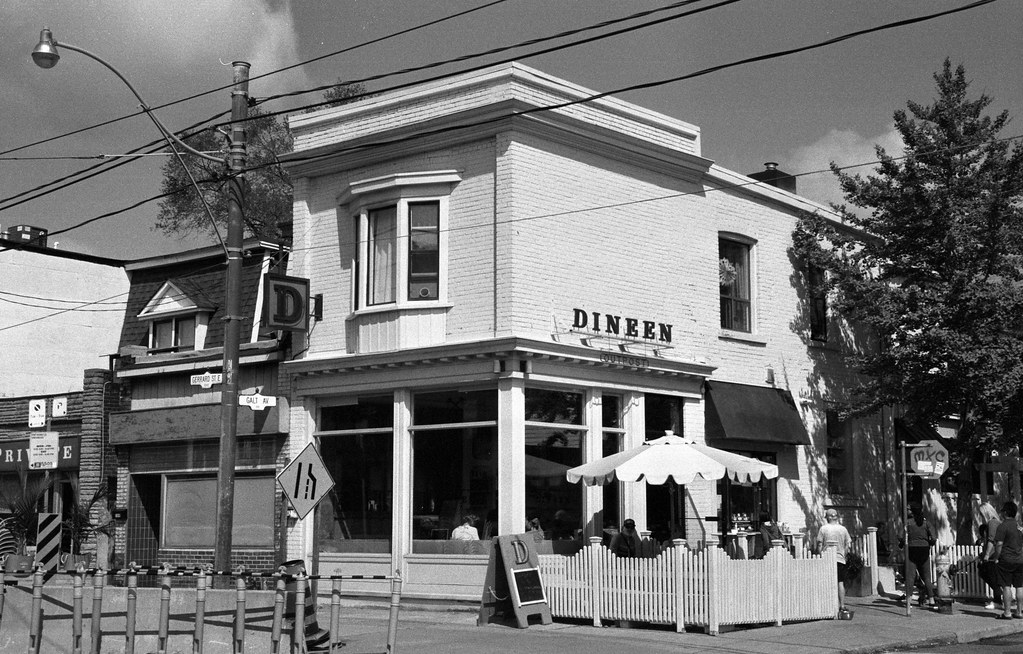


And that covers it; I hope this has helped inspire you to get out of your regular developers and get into more exotic choices within the home development field!
I think we should give credit where credits is due and say that 510 Pyro was formulated by Jay DeFehr who has selflessly formulated a number of developers and made their formulae available for free for the rest of us. He’s an innovative and generous fellow. 510 Pyro is now available commercially, though Jay does not benefit financially, it is nice to have it so widely available. It is also not hard to make yourself.
Oh for sure and I do apply Jay’s name to my full review of 510!